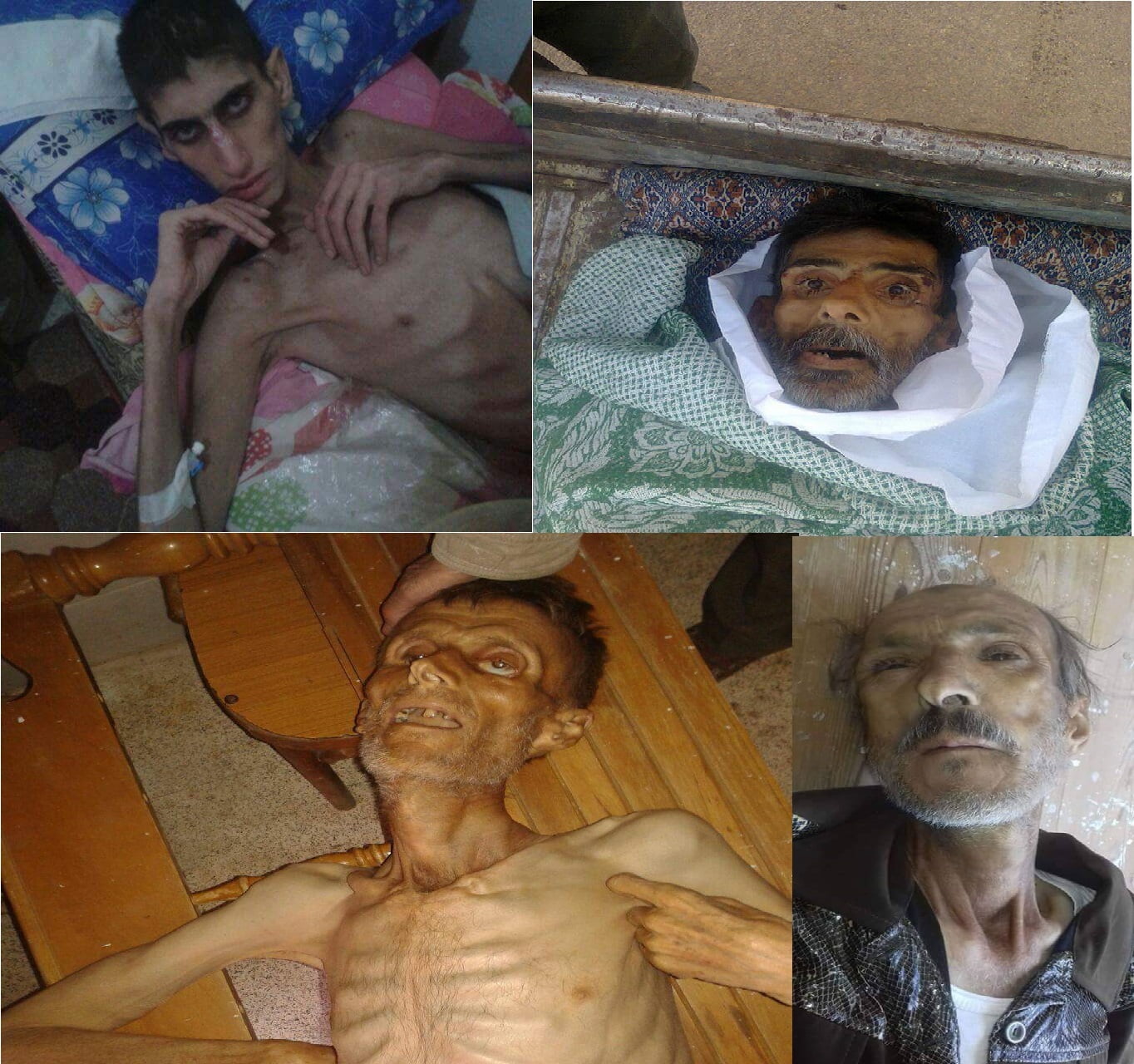A sliver of good news came out of Syria yesterday with the announcement that the Syrian government would allow aid into the besieged city of Madaya. Located on the border with Lebanon, reports of starvation emerged earlier this week, highlighting once again the dire situation facing many inside Syria.
Although Madaya may receive some relief, hundreds of thousands of others remain out of reach of aid agencies, lacking basic means of survival in a war where starvation has become a weapon wielded by all sides.
Siege warfare is a common tactic used by armies throughout history. Although not blatantly outlawed under the Geneva Conventions, international humanitarian law stipulates that civilians and their supply of basic needs such as food, water and medical supplies are protected and must be allowed through by the besieging party. Likewise, civilians must be allowed to leave a besieged area so as to not fall under the possible consequences of the siege.
In the case of Madaya, neither one of these rights are being upheld. The Syrian government and its Hezbollah ally encircled the town back in July 2015; since then, only one delivery of food was allowed in October and the situation there became more bleak with the onset of winter. After six months under siege, the UK-based Syrian Observatory for Human Rights released pictures and updated report of conditions in the city, claiming that citizens were reduced to boiling leaves and eating trash for food. Yesterday, the international aid organization Doctors Without Borders confirmed that 23 patients had died of starvation in December at the medical facility it supports inside Madaya. Meanwhile, several people have died trying to leave the city due to the landmines that surround the town and snipers who allegedly shoot anyone who tries to escape.


In light of the growing evidence of a humanitarian catastrophe, it appears the Syrian government is willing to let the World Food Programme, International Committee of the Red Cross and the Syrian Red Crescent to deliver food, although it is unlikely that the siege that has caused the suffering will end. Doing so will get Madaya out of international headlines, but the current focus on the plight of the 40,000 people stuck there obscures the larger problem of millions of civilians who are unable to access aid throughout Syria.
As the number of armed groups fighting in the Syrian civil war has increased, so has the complications for those trying to deliver aid to civilians. A statement released by the UN yesterday highlighted the difficulties in trying to get aid to besieged towns and hard to reach areas and noted that only 10 per cent of requests for aid convoys to reach these areas were approved by the relevant parties. According to an update released by the UN last October, this leaves nearly 400,000 people under siege and another 4.5 million suck in hard to reach areas, much of which is under the control of ISIS and other armed groups.
As dire as these figures are, it is possible that the situation is much worse; a report released by the Syrian American Medical Society in March 2015 estimated that more than 600,000 civilians were under siege, a three-fold increase over the UN estimate at the time. With such limited access to civilian populations throughout the country, it’s possible that the true number of civilians suffering will go unknown until the conflict ends.
Some of these area, such as Eastern Ghouta in the suburbs of Damascus, have been under siege now for years; other places such as Deir ez-Zor, a large city in the east where ISIS surrounds half the city still controlled by government forces, are relatively new to this form of warfare. Yet no matter where civilians find themselves, constantly they face the prospect of coming under siege as the frontlines between the many armed groups fighting in the conflict constantly shift.
For now, the planned aid convoy to Madaya is to be welcomed as its inhabitants get the aid they desperately need. But it is also worth noting that the approved convoy will only be able to provide one month of food for the town’s 40,000 inhabitants. In February, many of the citizens of Madaya will likely be in the same situation they find themselves in now, and unfortunately they will not be alone in that plight.
